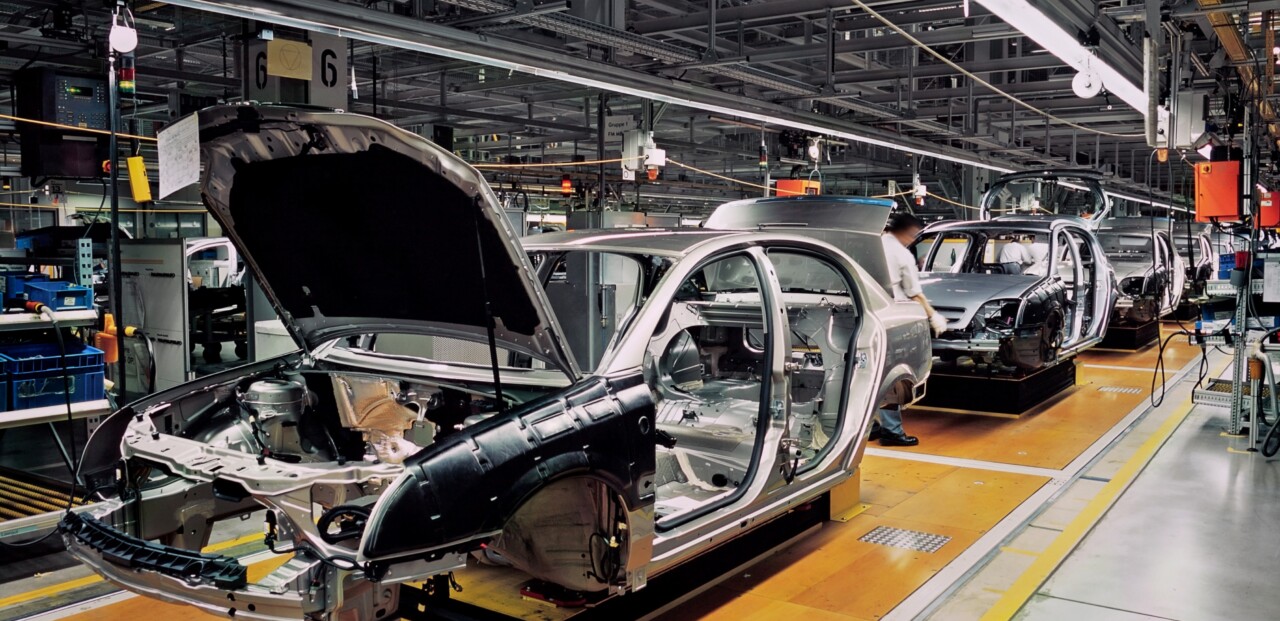If you work in the automotive industry, you know the challenges of adhering to the growing number of international quality standards and expectations. You also understand that in this highly competitive global economy, maintaining agility through a reliable process is critical to quality management throughout the supply chain. That’s where the Production Part Approval Process (PPAP) steps in. To improve product quality and efficiency in production, many manufacturing companies and their suppliers are turning to this standard for quality control.
So what is PPAP, and how can manufacturers outside of the automotive industry leverage it to improve manufacturing processes? Here’s a quick breakdown of PPAP and what makes this process so crucial to successful manufacturing outcomes.
What is the Production Part Approval Process?
The Production Part Approval Process is the industry standard for defining the approval process for new or revised parts. Simply put, PPAP gives your company a clearly defined, standardized, and documented process to deliver high-quality parts on time and within volume requirements.
When implemented effectively, this process ensures that approvals, customer requirements, process stability, compliance with design specifications, and change controls are in place before, during, and after manufacturing. Even more, this reduces the risk of nonconforming products, supplier delays, high production costs, and customer dissatisfaction.
PPAP Crossing Industry Bounds
With the success achieved by automotive manufacturers using the Production Part Approval Process, other industries have started taking note. The aerospace and defense industries are a few examples of manufacturing sectors that are increasingly adopting their own PPAP standards. In fact, in 2016, the aerospace industry created AS9145 to define the strict industry-specific processes for advanced product quality planning (APQP) and PPAP in the aviation, space, and defense industries. This cross-industry adoption highlights the flexibility of the PPAP process.
One of the most significant benefits of PPAP is that its processes are not set in stone. You can retrofit your own Production Part Approval Process framework to fit your industry-specific needs. For the aerospace industry, it enables stronger control processes to mitigate risks before they happen. Best of all, you can now automate this process as well, which helps to streamline the process of collecting, monitoring, and approving the time-sensitive PPAP-related product quality documentation.
You Might Also Like: The 4 Worst Document Control Problems (And How to Avoid Them)
The PPAP Process and Required Elements
Any time you have a request for either a new part or a change to an existing part or process, a PPAP is required. In fact, your customer can even request a PPAP from your supplier at any time during the product’s lifecycle. This means that a robust PPAP documentation protocol must be in place when the customer makes a request.
In order to complete the process for PPAP, the Automotive Industry Action Group (AIAG) provides a PPAP manual that outlines 18 possible requirements, or elements, that must be checked off prior to submission. While the aerospace industry differs slightly from the automotive standard, it has a comparable collection as defined in the AS9145:2016 standard, which ensures that adherence is met during the development, planning, and design phases of the parts approval process.
How PPAP Adoption Can Improve the Future of Manufacturing
No matter your industry, all manufacturing companies can benefit from a defined production parts approval process across the supply chain. In fact, adopting the PPAP standard is arguably one of the most critical steps in assuring supplier efficiency, product quality, and customer satisfaction.
Looking ahead, customers, as well as the industry markets, are going to continue to demand an increase in regulations and an adherence to improved safety standards. Creating and maintaining quality parts will be critical in adhering to these expectations.
To be a leader in the field, you must automate your PPAP to keep up with the constant industry expectations and future changes. With a digital, enterprise-wide PPAP in your toolbelt, you can ensure that all levels of your manufacturing company are dedicated to quality documentation on a single platform.









